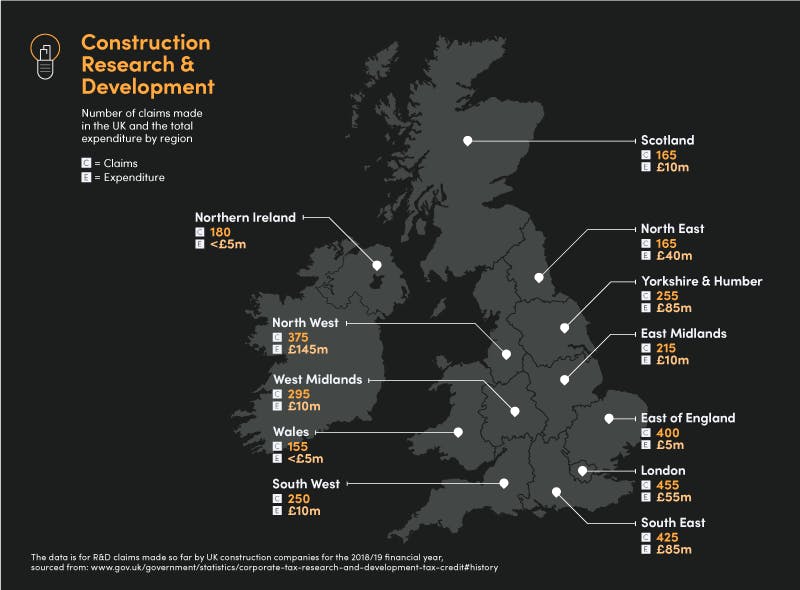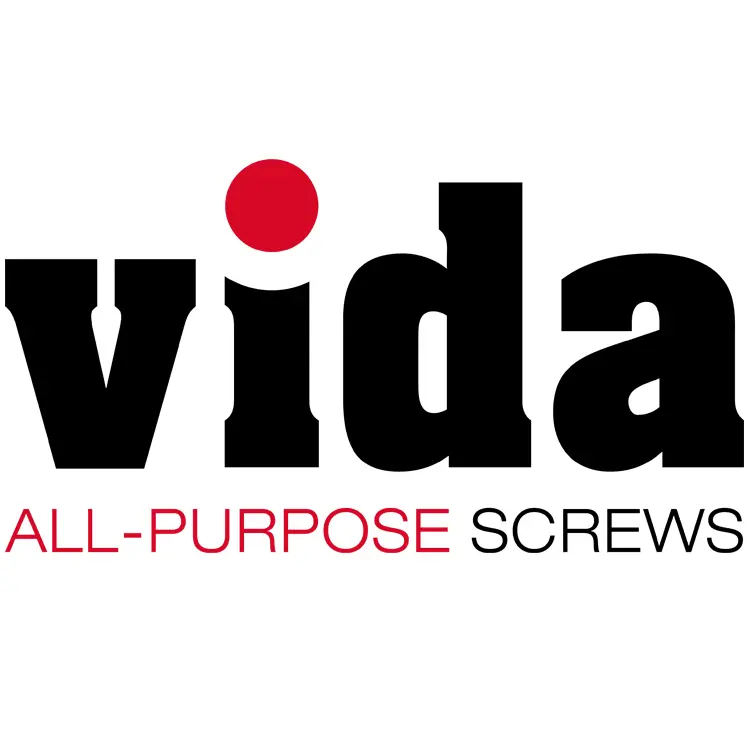17th June 2021
UK construction companies increase R&D spend by £70 million
To help businesses understand what R&D is and how they can claim for it, we’ve partnered with Peter Corley, Associate Director at Gateley Capitus, to reveal the key facts you need to know about the initiative
IronmongeryDirect
17th June 2021
5 mins
Research and development (R&D) relief from the Government provides support for companies who spend money on innovative projects in science and technology. To count as R&D, a project needs to aim to make a specific advance in a key area and it can even be claimed on unsuccessful projects.¹
We analysed HMRC statistics², which show that increasing numbers of UK construction companies are investing in innovation and making use of the Government’s R&D tax relief scheme. However, some regions are making more use of the initiative than others.

1. What is R&D tax relief?
R&D tax reliefs were introduced in 2000 to encourage UK businesses to undertake research in science and technology, as the Government wanted to increase the percentage of GDP spent on research and development.
This is for all companies undertaking relevant activities, not just for profit-making ones.
2. What are the benefits of claiming?
There are two schemes, the SME scheme and RDEC for larger companies. An SME is considered to have fewer than 500 staff and either under €100 million turnover or €86 million gross assets. If the company is part of a group structure, it will be the whole group that will need to meet this requirement.
SMEs can claim back between 19% and 33% of the qualifying R&D expenditure. The reason for the difference is the way the scheme benefit is calculated, as it will depend on whether the company is profit or loss making.
For larger companies claiming RDEC, the benefit is 13% of qualifying expenditure.
3. What counts as qualifying expenditure?
The are several costs that can be claimed back under the scheme. These include staff costs, such as salaries, employer’s NIC, pension contributions and reimbursed expenses.
Businesses can also claim back up to 65% of the total cost of subcontractors for SMEs. For RDEC claims, only qualifying bodies, such as universities and technical bodies, can be claimed for.
The scheme also covers temporary workers provided by an external company, software licenses required for the project, and consumable materials, including heat, light and power that are used during the R&D process.
4. What are the basic criteria?
For a project to be considered R&D it must first satisfy two basic criteria. The project must seek to achieve a technological or scientific advance in your sector, and it should seek to overcome a technological or scientific uncertainty.
The information cannot be readily available or deducible by a competent professional. However, even if someone else in the industry has already achieved the same thing, you can still potentially claim if the solution is not in the public domain and not obvious.
In construction, every project presents its own unique set of challenges and, with them, the opportunity to innovate. New products, materials, processes and approaches can all count toward an R&D tax credits claim.
5. How do I claim?
If you satisfy the criteria, then claims are made to HMRC through your Corporation Tax submission (CT600). We would always recommend speaking to an expert before you look to claim.
Even if you are not certain whether you fully meet the criteria above, we would always recommend checking. We really want to see the construction sector getting the benefit it should. If you do qualify, you can claim for the past two years, so you may not have missed out.
For more information about IronmongeryDirect, visit: https://www.ironmongerydirect.co.uk/
For more information about Gateley Capitus, visit: https://gateleyplc.com/gateley-capitus/
Reference:
1 https://www.gov.uk/government/statistics/corporate-tax-research-and-development-tax-credit#history
2 https://www.gov.uk/guidance/corporation-tax-research-and-development-rd-relief














